Mental Health Medication Services
At Stepping Stone Community Services, we provide complete mental and behavioral health care services. Medical prescription services are available. Your care team may include a psychiatrist or Nurse Practitioner specially trained to provide mental health care.
People who seek psychiatric care can have a number of conditions. Examples of disorders treated with psychiatry include:
Adjustment disorders
Anxiety and panic disorders
Bipolar disorder
Cognitive disorders
Developmental disabilities
Eating disorders
Impulse control disorders
Learning disabilities
Mood disorders
Personality disorders
Schizophrenia
Substance abuse related disorders
Medication Assessment
Psychiatric treatment for a mental health or behavioral disorder varies depending on the condition. It can include:
Individual or group therapy
Medications
Integrative and alternative medicine
Behavior therapy
Educational services
Occupational therapy
Medication-Assisted Treatment Program (MAT)
Medication-assisted treatment (MAT), including opioid treatment programs (OTPs), combines behavioral therapy and medications to treat substance use disorders.
Vivitrol, naltrexone, is an opioid antagonist, a medication that binds to and effectively blocks opioid receptors. It prevents receptors from being activated by agonist compounds, such as heroin or prescribed opioids, and is reported to reduce opioid cravings and assist in relapse prevention. Naltrexone will prevent the patient from feeling the euphoric effect or pain relief they previously felt when they took an opioid.
Both methadone and buprenorphine are controlled substances, whereas naltrexone is not. Methadone is an opioid agonist, buprenorphine is a partial opioid agonist, and naltrexone is an opioid antagonist.
Antagonists also bind to opioid receptors, but rather than producing an effect, they block the effects of opioid compounds
Naltrexone has no abuse potential, whereas methadone and buprenorphine do.
A monthly injection of naltrexone, instead of daily dosing, may improve patients’ adherence to their medication regimens.
Naltrexone displaces heroin or prescribed opioids from receptors to which they have bound, which can precipitate withdrawal symptoms. Patients must be 7-10 days completely opioid free before initiating or resuming extended-release injectable naltrexone to prevent withdrawal.
Suboxone® (a tablet or strip with buprenorphine and naloxone in it) is an FDA approved medication for treatment of people with heroin or other opioid (prescription pain medication) addiction. Buprenorphine can be used for detoxification or for maintenance therapy. Maintenance therapy can continue as long as medically necessary. There are other treatments for opiate addiction, including methadone, naltrexone, and some treatments without medications that include counseling, groups and meetings.
Buprenorphine itself is an opioid, but it is not as strong an opioid as heroin or morphine. Buprenorphine treatment can result in physical dependence of the opiate type. Buprenorphine withdrawal is generally less intense than with heroin or methadone. If buprenorphine is suddenly discontinued, some patients have no withdrawal symptoms; others have symptoms such as muscle aches, stomach cramps, or diarrhea lasting several days. To minimize the possibility of opiate withdrawal, buprenorphine should be discontinued gradually, usually over several weeks or more.




